Cromer is a town of beautiful gardens and ornate Victorian houses and hotels. You will also find a pier on its beach with the UK’s most fabled lifeboat station. The local lifeboat crews have credit for gallantry. You will also find out about Cromer’s own Henry Blogg, the most decorated lifeboatman in the history of the RNLI. Geologically addressing, Cromer gives its name to the Cromerian Stage, in the Middle Pleistocene epoch. And the skeleton of a mammoth from this time is on display at Cromer Museum. Below are the best things to do in Cromer.
10 Best things to do in Cromer
Let us explore the best things to do in Cromer:
- Cromer Beach
- Pier
- Cromer Lifeboat Station
- RNLI Henry Blogg Museum
- Felbrigg Hall
- Cromer Parish Church
- Crabbing
- Hillside Shire Horse Sanctuary
- Cromer Museum
- North Lodge Park
1. Cromer Beach
This beach carries on for miles and is divided by the dock into the East Beach and West Beach. Both are fine for swimming on clear summer days, especially when low flow reveals acres of soft sand. The view back to Cromer’s Victorian properties like the Hotel de Paris from the East Beach is very pictorial. Further east, in the more remote stretches, you will find high grass-covered chalk cliffs climbing to more than 60 metres. Back in the town, at the end of the Esplanade, you will find the Gangway. From this place, you can watch crabbing boats being towed on and off the beach by tractors.
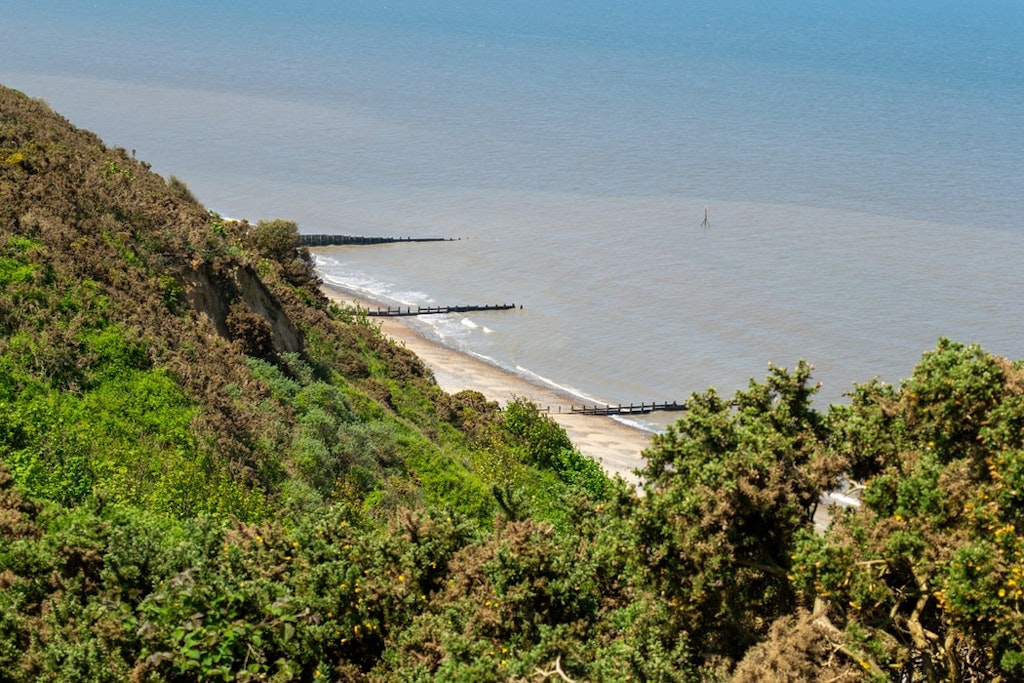
2. Pier
As it is now, this pier opened in 1901 and is one of the resort’s masterpieces, having just come through a few years of refurbishments and repairs. The pier is a much-loved feature of Cromer’s seafront, and acquired the National Piers Society “Pier of the Year” award in 2015. This pier’s Pavilion Theatre also goes back to 1901. You can also watch the world go by on a seat protected from the prevailing wind and pick up a tea, coffee, or light meal at the cafe on the landward end.
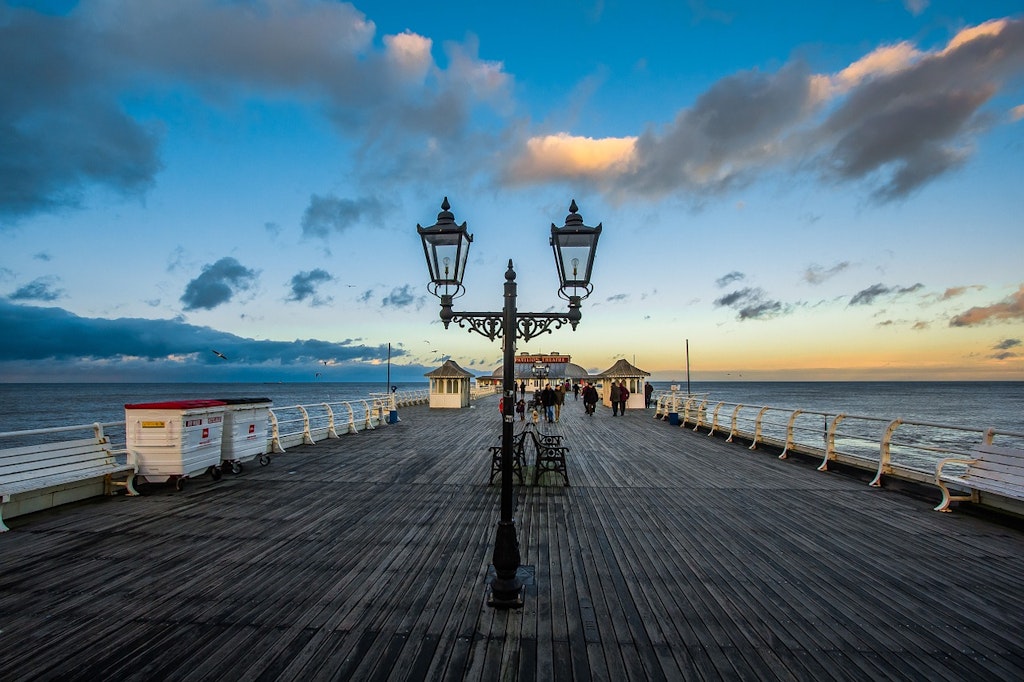
3. Cromer Lifeboat Station
The Royal National Lifeboat Institution has had a presence in Cromer since 1804. During that time, the lifeboats have made 1266 rescues. Cromer is also the hometown of Henry Blogg, the most popular lifeboatman in the history of the institution. There is also a museum to him on the seafront east of the pier. At the tip of the pier, you will find the Cromer’s main lifeboat station, which was established in 1923. This was reconstructed in the late-1990s. It houses Lester, a Tamar-class lifeboat built-in 2008. This vessel is totally watertight and is able to right itself in seconds with 60 people on board. The boat takes around 12 rescues a year, flying down its slipway from the pier. At Cromer Lifeboat Day in July, you can also watch the Lester being launched, see lifeguarding demonstrations, catch some live music and browse market stalls.
4. RNLI Henry Blogg Museum
In the Rocket House on the East Promenade, there is a museum dedicated to the most decorated lifeboatman in the history of the Royal National Lifeboat Institution. Henry Blogg (1876-1954) employed 53 years with the RNLI, making 387 rescues and saving the lives of 873 people. His career was covered with honours, including Gold and Silver Medals from the RNLI, a British Empire Medal and the George Cross, all of which are on display. The museum also records the 215-year history of lifeboats in Cromer, with the help of paintings, photographs, archive footage and models.
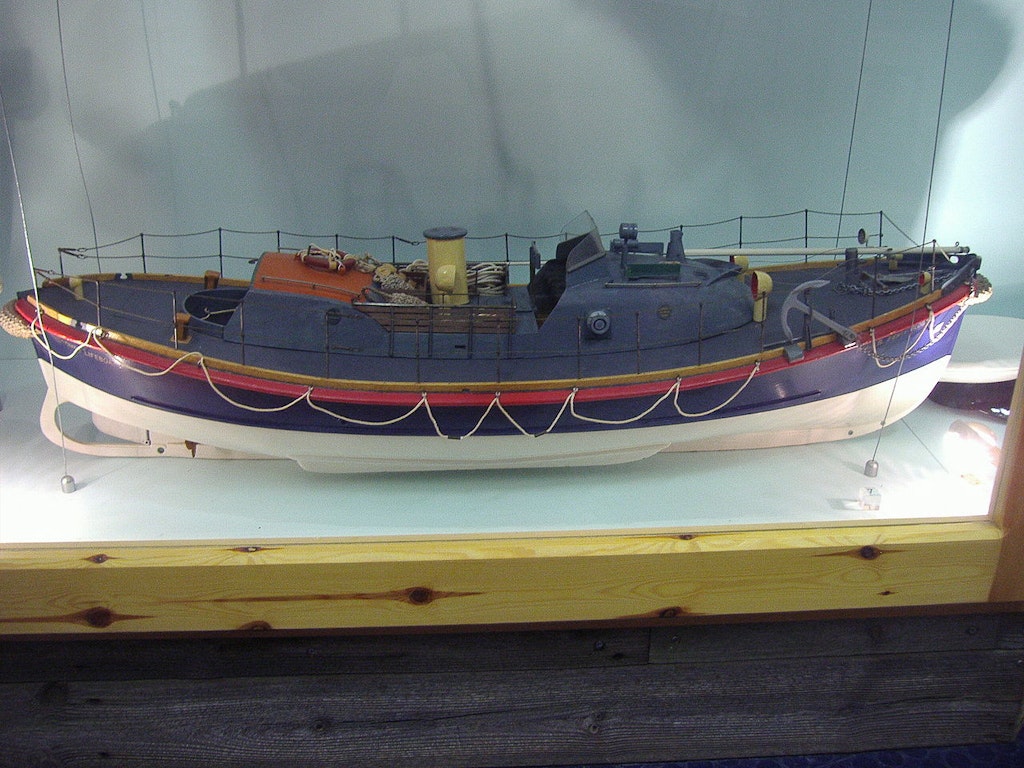
5. Felbrigg Hall
The beautiful country house Felbrigg Hall dates to the 17th century, with a Jacobean East wing from 1624 and a Baroque west wing dating to 1680. The estate goes back to Medieval times and from the 15th century, it belonged to the Wyndham family. Their lion and fetterlock (a heraldic padlock) motif surfaces throughout the house. The interior is Georgian, and at turns rich and homey. The tour guides you through the Great Hall, which has 15th-century windows, as well as the Dining Room, Drawing Room, Cabinet Room, Library and Chinese Bedroom, embellished with block-printed wallpaper from China, placed through the East India Company. Felbrigg consists of more than 500 acres of woodland to walk in, along with a walled garden, farms and an orangery.
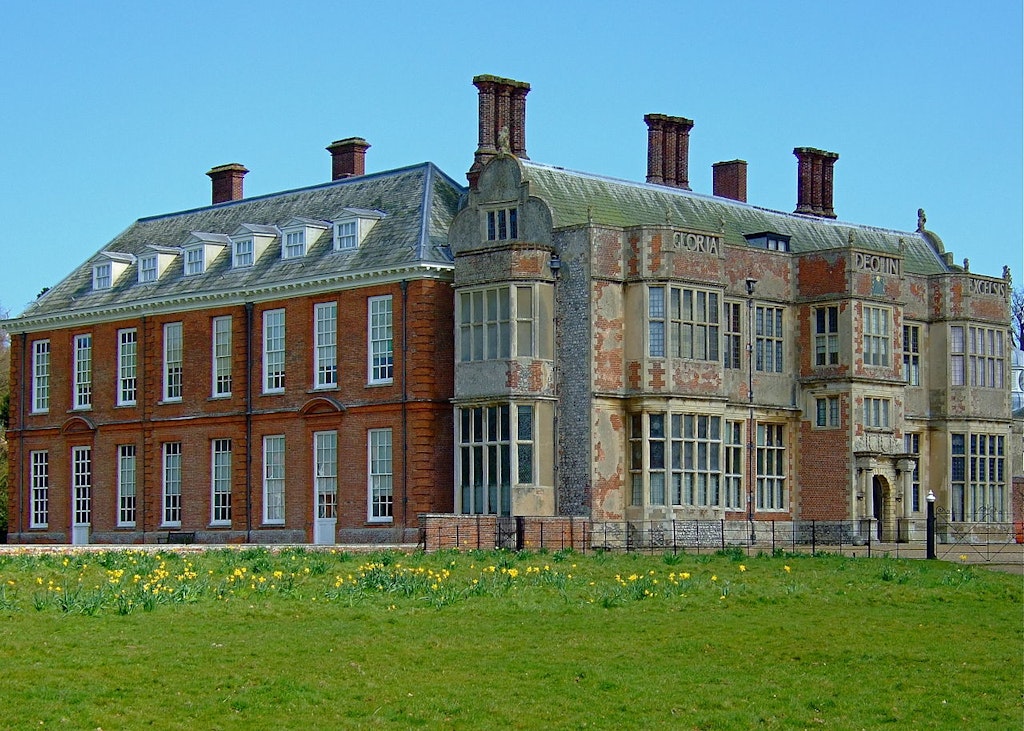
6. Cromer Parish Church
The Church of St Peter and Paul dates from the 1300s, but by the 18th century was in deterioration and due to be destroyed. A century later, in the late-1800s it was extensively renovated by the architect Arthur Blomfield. There is not a vast amount of old interest at the church, but you will be fascinated by the height of the arcades, the wooden ceiling and the stained glass. This varies from Gothic-style imagery to modern Post-War designs commemorating Cromer’s lifeboat crews. You can also visit the 58-metre tower, the tallest of any parish church in Norfolk, for a view of the North Norfolk countryside, Cromer’s rooftops and the coast.
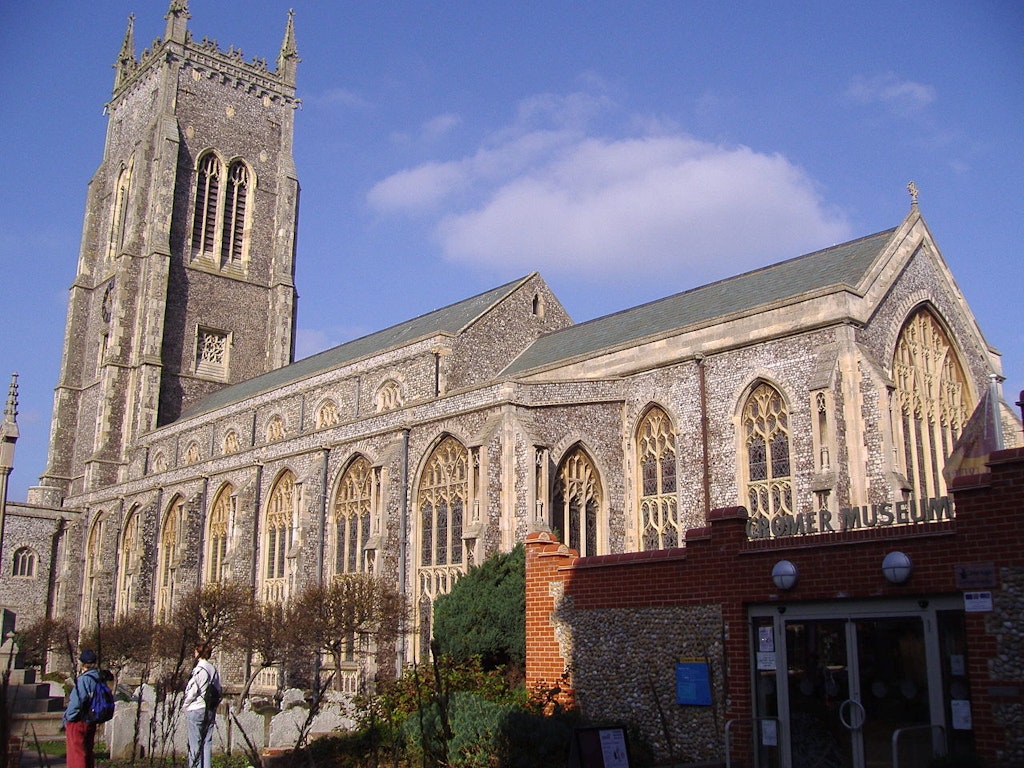
7. Crabbing
Cromer is famous for its namesake crab, which appears on menus all over the town. These crustaceans are abundant in the water, particularly around the pier, and catching them has been a family activity for more than a century. You will just need a length of line, bait and a bucket with water. You can also go crabbing for free off the side of the pier, and the trick to landing a crab is to raise it very gradually from the water when you feel a pinch on the line. The idea of the game is to land the largest crab and not the most. And when it is all over you are expected to return the crabs safely to their natural home.
8. Hillside Shire Horse Sanctuary
With a position against factory farming, this sanctuary takes in mostly horses rescued from farms. In 2018, there were more than 3,000 animals at Hillside, including horses, mules, donkeys and ponies, along with turkeys, sheep, pigs, goats and alpacas. You will be able to see the animals kept in spotless paddocks and stables. You can also find out about each of their stories and learn what goes into caring for them. Hillside also has a vegan cafe, a gift shop, a children’s playground and a museum in changed outbuildings with historic farming implements.
9. Cromer Museum
At the back of the Parish Church, the Cromer Museum showcases the town’s social history and rich geology. The museum includes a Victorian fisherman’s cottage, decorated with period furniture and utensils. You will find out about Cromer’s development as a seaside resort and the scandal caused when it became the first in Britain to allow “mixed bathing”. There are details about the Cromer shoal chalk beds, which are Europe’s largest chalk reefs, and some spectacular fossils collected in the area. Most interesting are the bones of the West Runton Mammoth, the oldest and most complete example of a Steppe Mammoth, found at the foot of the cliffs in West Runton in 1990.
10. North Lodge Park
A quiet place to soak up the sunshine and sea air, this cliff-top park has views across to the Parish Church tower and down to the pier. There is a pond for design yachts, a putting green, bowls green and a corner for kids. The cute little tearoom next to the pond gets great feedbacks, serving a variety of coffees, teas and crêpes. You must check online as there are also regular theatre shows in the park in summer. Grownups can watch Shakespeare, and there are also productions like Treasure Island for kids.
If you are looking for a wholesome itinerary for your next United Kingdom trip, feel free to browse through our the best United Kingdom packages on Pickyourtrail packages for an impeccable experience! Also, check out our guides page or leave a Whatsapp inquiry for more options!
Top-Selling United Kingdom Packages
UK Family Holiday Packages | UK Budget Holiday Packages | UK Luxury Holiday Packages
Checkout Other Articles Related to United Kingdom
The Best Adventurous Things to Do in the UK | Best Things to Do in Matlock | List of Things to Do in Bude | Things to Do in Rochester, England | Things to Do in Glasgow | Things to Do in Stockbridge | Things to Do in Swansea, Wales | Things to Do in Weston-super-Mare | Things to Do in Shoreditch, London | Things to Do in Ilfracombe, England | Best Things Paignton
Related Itineraries

Enchanting Europe Tour
- Flights excluded
- 3 star accommodations
- 5 activities
- Shared transfer
₹ 1,36,529
Starting price/person
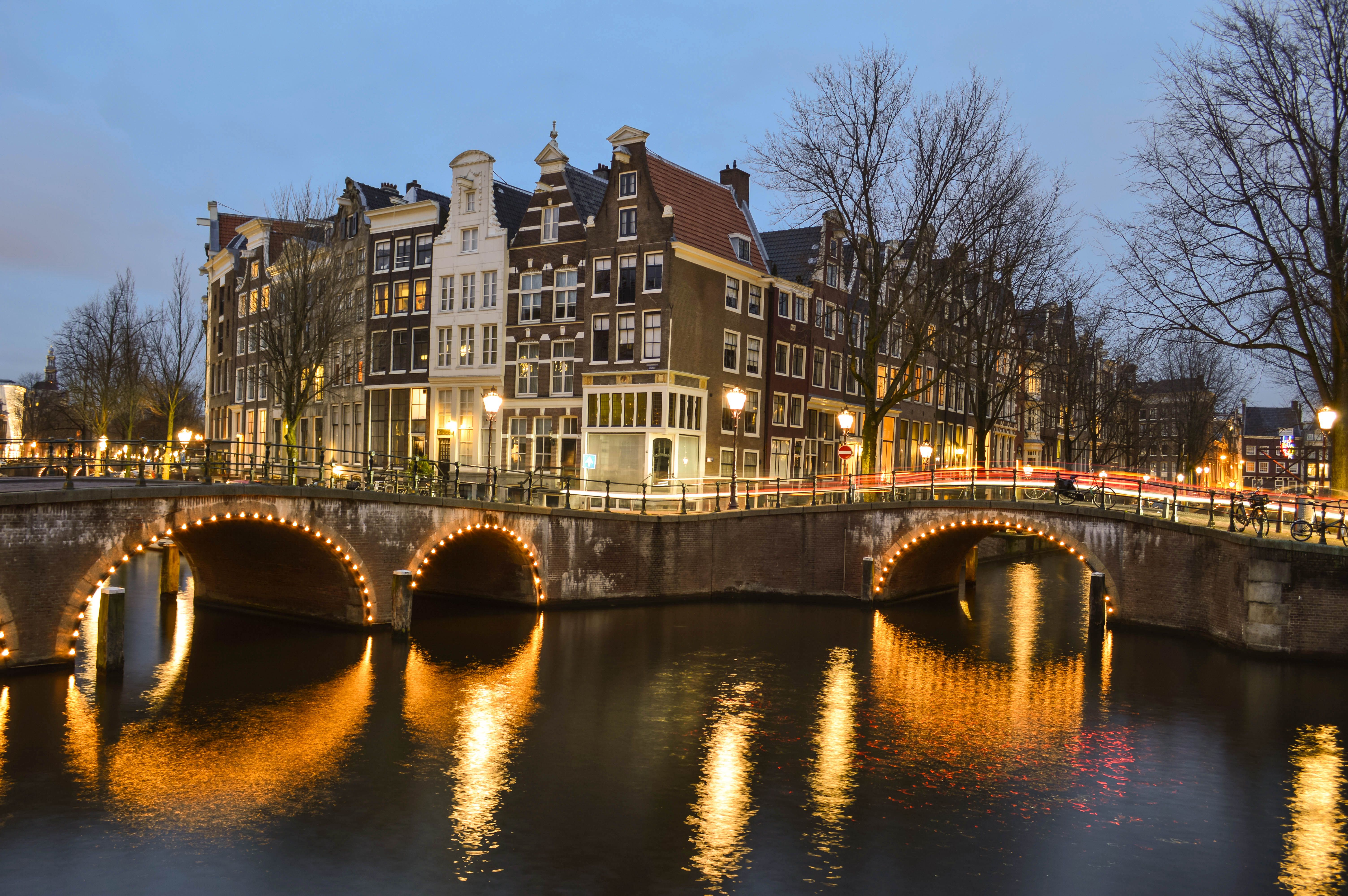
European Escapade
- Flights excluded
- 3 star accommodations
- 3 activities
- Shared transfer
₹ 1,00,540
Starting price/person

9 Days Swiss & Lyon Packages For Couple
- Flights excluded
- 5 star accommodations
- 5 activities
- Shared transfer
₹ 1,66,082
Starting price/person

Europe Tour with Lisbon, Lagos - Portugal, Seville, Tenerife and Barcelona
- Flights excluded
- 4 star accommodations
- 5 activities
- Private transfer
₹ 1,87,240
Starting price/person
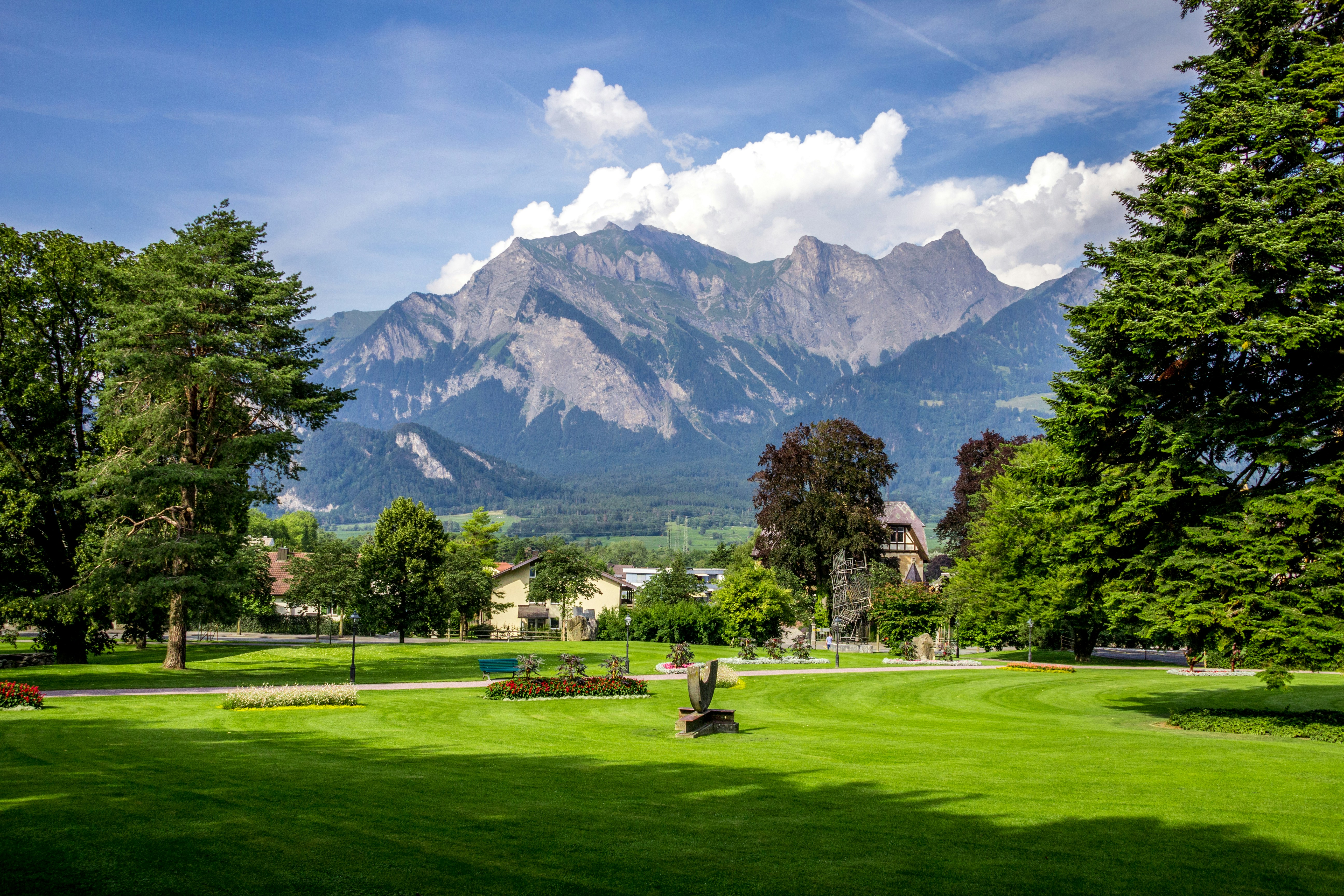
Switzerland Couple Trip Packages For 10 Days
- Flights excluded
- 3 star accommodations
- 6 activities
- Private transfer
₹ 1,68,750
Starting price/person
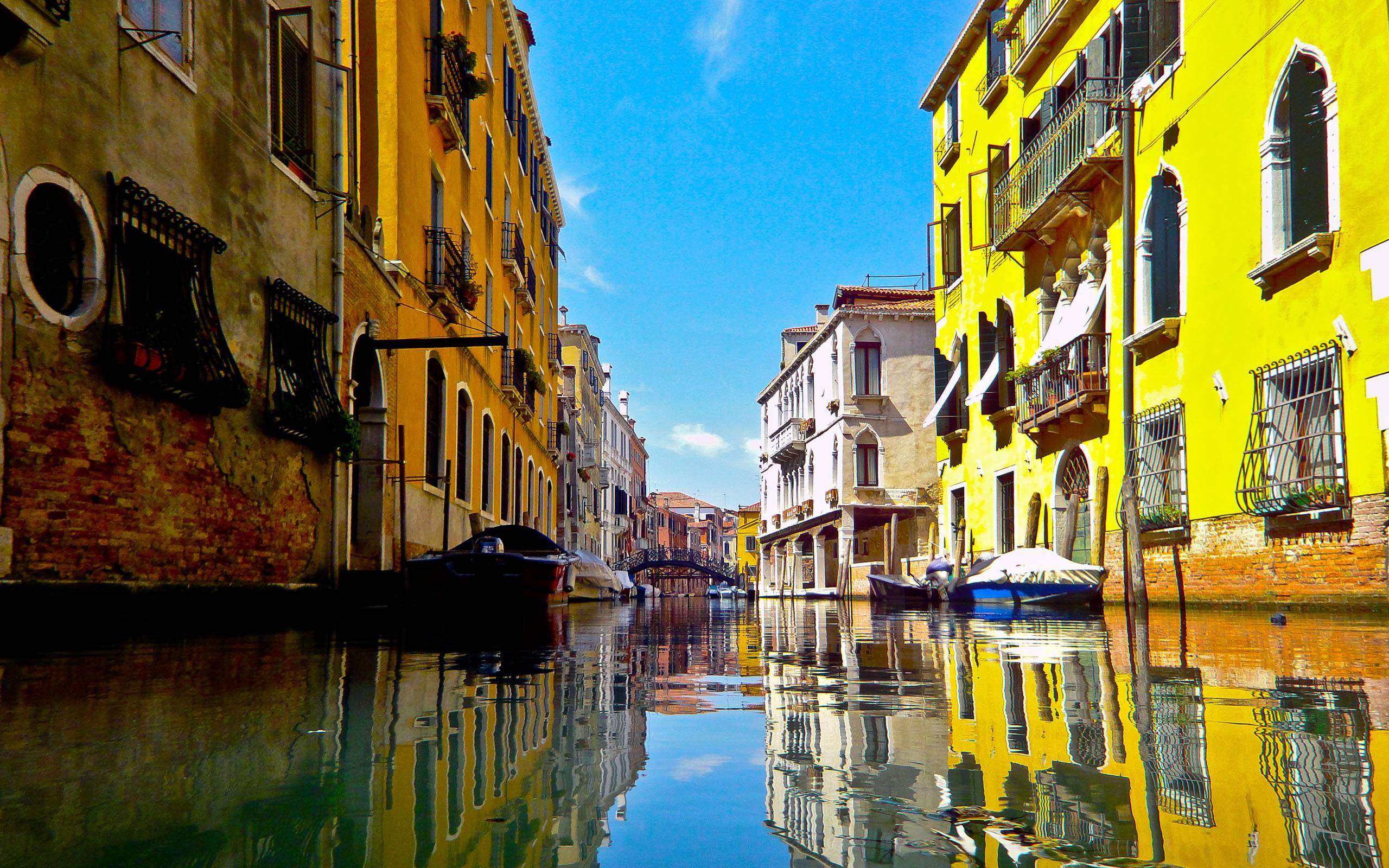
Alluring Europe Tours - Rome; Venice; Innsbruck; Vienna
- Flights excluded
- 4 star accommodations
- 5 activities
- Shared transfer
₹ 1,39,035
Starting price/person

Swiss Paris Delight
- Flights excluded
- 4 star accommodations
- 6 activities
- Shared transfer
₹ 1,41,105
Starting price/person

9 Day Swiss & Milan Trip Packages
- Flights excluded
- 3 star accommodations
- 5 activities
- Shared transfer
₹ 1,73,311
Starting price/person

European Delight
- Flights excluded
- 3 star accommodations
- 7 activities
- Shared transfer
₹ 2,73,030
Starting price/person
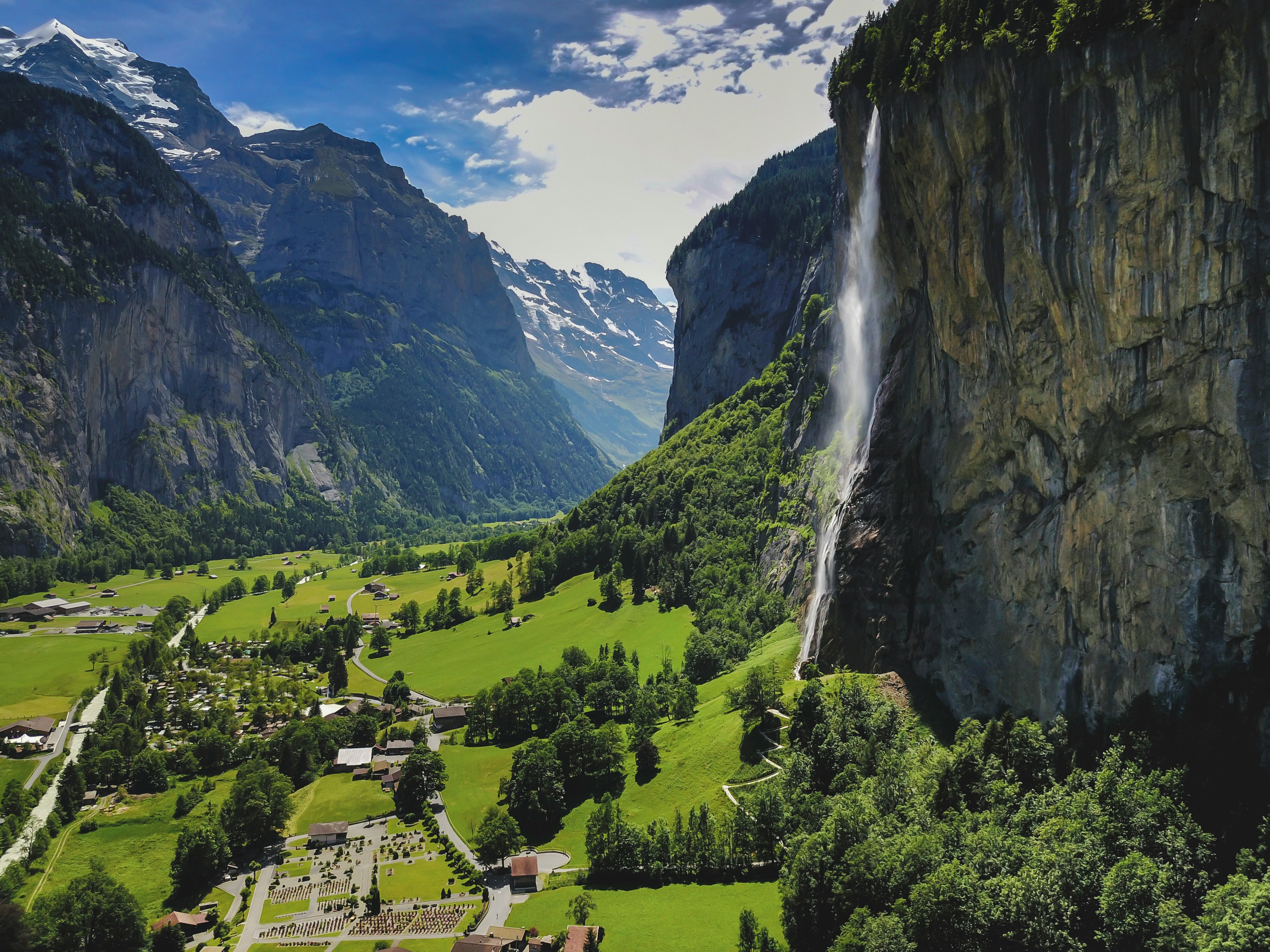
Mesmerizing 9 Nights Switzerland Trip Packages
- Flights excluded
- 3 star accommodations
- 4 activities
- Private transfer
₹ 1,74,011
Starting price/person



